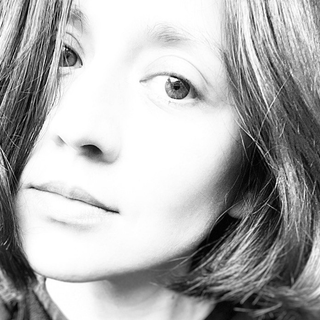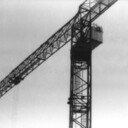Текст песни misc - how to read a tab | текст песни и табы (аккорды) для гитары и Mp3
misc - how to read a tab | текст песни и табы (аккорды) для гитары и Mp3 слова песни



